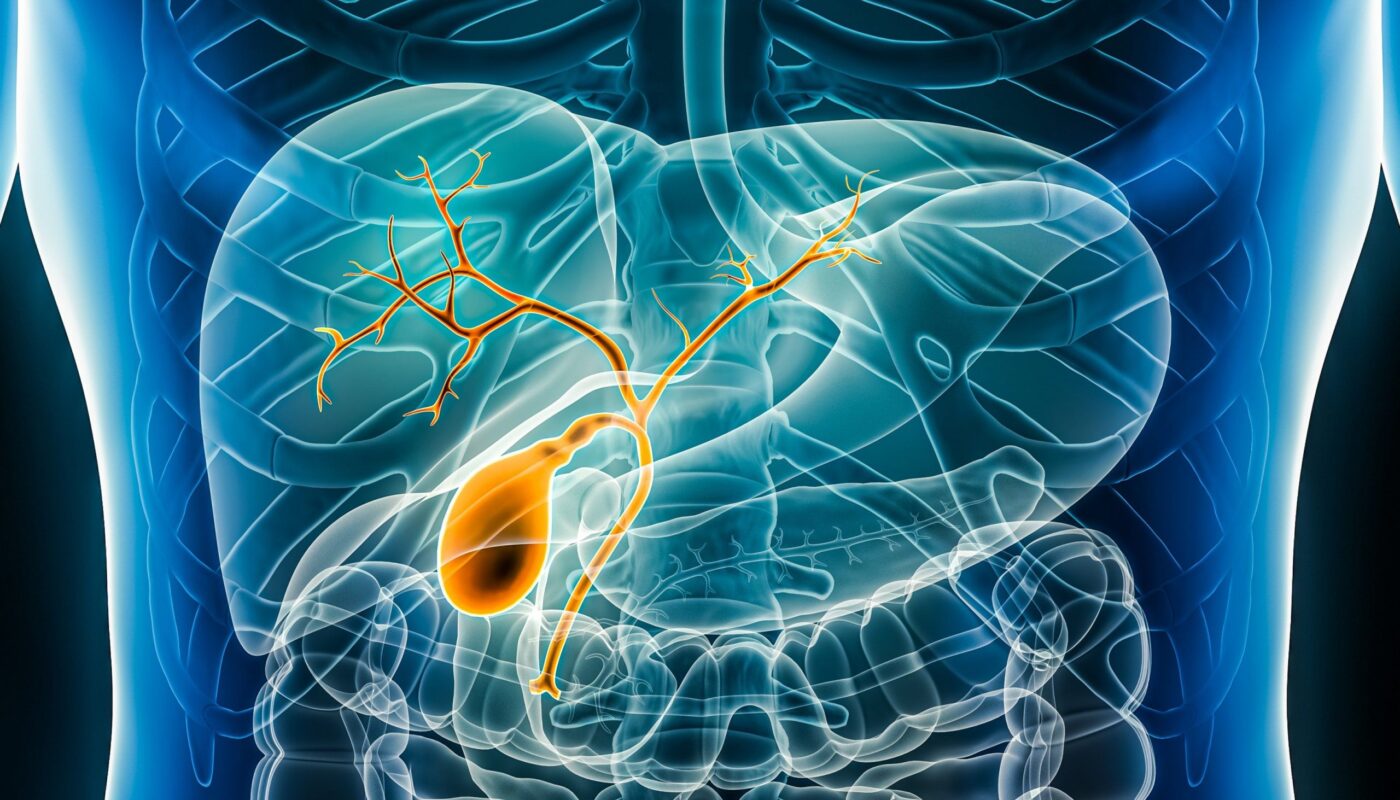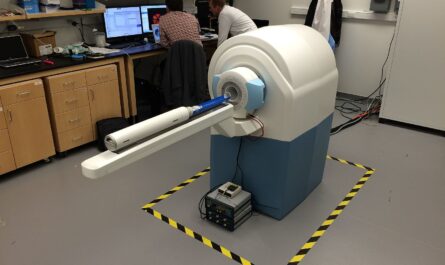The global Bile Duct Cancer Market is estimated to be valued at US$ 235.9 Mn in 2023 and is expected to exhibit a CAGR of 12% over the forecast period 2023 to 2030, as highlighted in a new report published by Coherent Market Insights.
Market Overview:
Bile duct cancer, also known as cholangiocarcinoma, is a rare type of cancer that forms in the bile duct. The bile duct carries bile from the liver to the small intestine. Bile helps with digestion by helping break down fats. There are two types of bile ducts – intrahepatic and extrahepatic. Cancer can develop in either type of bile duct. Risk factors for bile duct cancer include primary sclerosing cholangitis, liver flukes, certain inherited syndromes, hepatitis infection, and liver cirrhosis. Symptoms include jaundice, abdominal pain, weight loss, and itching. Diagnosis involves blood tests, imaging tests such as MRI or CT scan, and biopsy. Treatment depends on the stage of cancer and may include surgery, radiation therapy, chemotherapy, liver transplantation, or biliary drainage procedures. The bile duct cancer market consists of drugs and medical devices used for diagnosis and treatment of this type of cancer.
Market key trends:
One of the key trends in the bile duct cancer market is the rising research and development activities focused on developing new drugs for treating this type of cancer. Research is ongoing to understand the molecular pathways involved in bile duct cancer development and progression. This will help identify new drug targets and develop targeted therapies. Some of the promising ongoing research areas include immunotherapy, angiogenesis inhibitors, epigenetic modifiers, and drugs targeting specific mutations. There is also a focus on developing more sensitive and non-invasive diagnostic techniques like liquid biopsies that can help detect the disease at an early stage when treatment outcomes are better. Advancing surgical methods and interventional radiology techniques are further expected to boost market growth over the forecast period.
Porter’s Analysis
Threat of new entrants: The R&D costs associated with developing new bile duct cancer treatments are significantly high. This acts as a potential entry barrier for new players.
Bargaining power of buyers: The bargaining power of buyers is low since there are only a limited number of treatment options available for bile duct cancer.
Bargaining power of suppliers: A few global players dominate the supply of bile duct cancer drugs. This gives them stronger bargaining power over buyers.
Threat of new substitutes: There is a constant threat of new alternative treatment methods that can substitute existing bile duct cancer therapies.
Competitive rivalry: The competition in the bile duct cancer market is high due to the presence of several global key players.
Key Takeaways
The Global Bile Duct Cancer Market Size is expected to reach US$ 235.9 Million in 2023 and is expected to exhibit a CAGR of 12% over the forecast period. Increasing incidence of bile duct cancer and limited treatment options available are driving the market growth.
The Asia Pacific region dominated the global market in 2022 and is expected to maintain its lead position during the forecast period. This can be attributed to high prevalence of bile duct cancer in countries like China and Japan. Countries in this region are also focusing on broadening healthcare access, which is positively impacting the market.
Key players operating in the bile duct cancer market are Incyte Corporation, Eisai Co., Ltd., QED Therapeutics, Inc., Agios Pharmaceuticals, Inc., RenovoRx, Ability Pharmaceuticals, Imbrium Therapeutics L.P. and Delcath Systems, Inc. Large players are investing heavily in R&D to develop innovative treatment solutions and gain a competitive edge in the market.
*Note:
1. Source: Coherent Market Insights, Public sources, Desk research
2. We have leveraged AI tools to mine information and compile it


